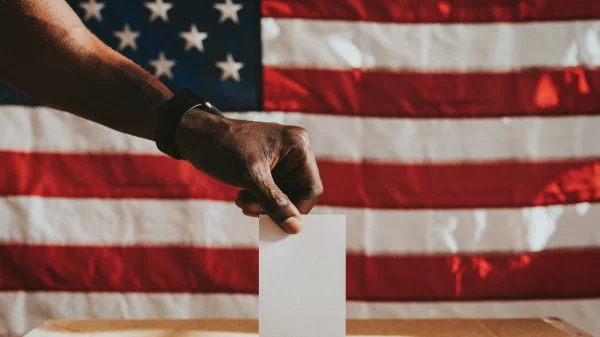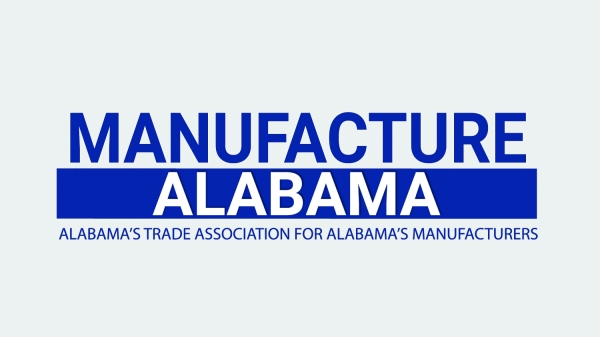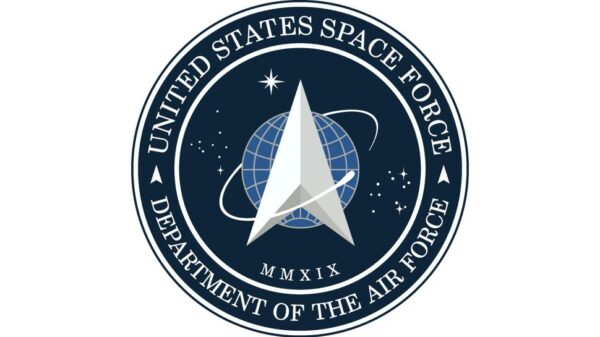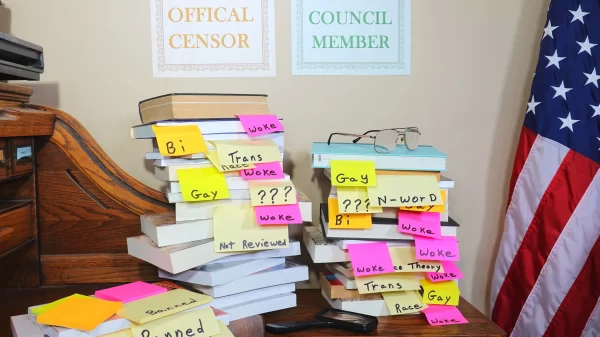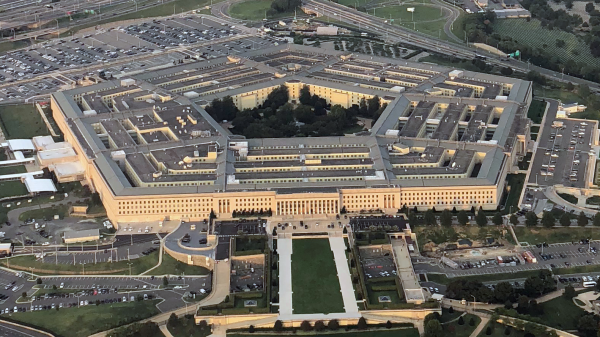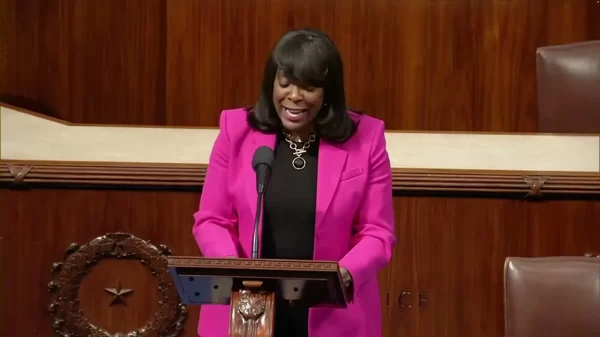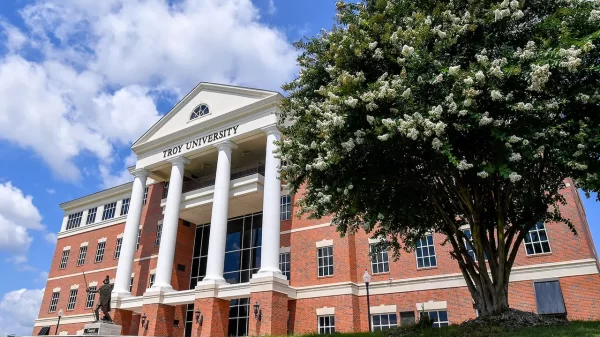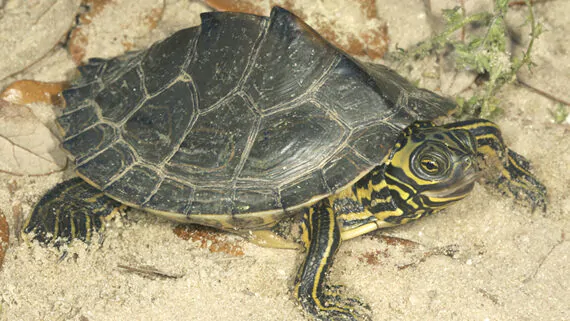Under the Endangered Species Act of 1973, certain species that are not considered “endangered” or “threatened” can still be labeled as “de facto” endangered or threatened species due to their close resemblance to another species that is, in fact, endangered or threatened.
This policy, commonly referred to as “look-alike” status, is intended to aid the U.S. Fish and Wildlife Service, FWS, in enforcing endangered species protections by removing any confusion between endangered and non-endangered species in the wild. However, a newly-released rule proposal from the Trump administration would remove look-alike status for several species across the country, including a variety of turtle species native to Alabama.
The new proposal issued by the FWS would remove regulations limiting the “taking or commerce” of 11 species that share similarity of appearance with the endangered Pearl Map turtle, bog turtle, Miami blue butterfly, Desert tortoise, Florida panther and pallid sturgeon. Three of those 11 species are relatives of the Pearl Map turtle native to Alabama and its neighboring states: the Alabama map turtle, Barbour’s map turtle and the Escambia map turtle.
While the FWS claims that they are proposing the changes to “eliminate unnecessary regulations” and to ensure that species treated as endangered or threatened under the look-alike provision meet the necessary criteria, conservation advocates have expressed dismay at the proposal.
Lia Comerford, a senior attorney at the Center for Biological Diversity, says that the proposal is not only unnecessary but could potentially put both the endangered species and their look-alike relatives in harm’s way.
“It’s disturbing to see the Trump administration moving to strip crucial Endangered Species Act protections from yet more animals, with potentially devastating consequences,” Comerford said in a written statement received by APR. “Nothing has changed for these pumas, blue butterflies, sturgeon and turtles. They still look like they did yesterday and will continue to be easily mistaken for imperiled species.”
“These protections are still sorely needed to protect the imperiled species from further decline and to keep these look-alike animals from becoming threatened or endangered themselves,” she added. “The Fish and Wildlife Service has offered no good reason for removing or revising protections for these species. This is the Trump administration continuing its bizarre war on biodiversity.”
The new proposal is just the latest development in the Trump administration’s rollback of environmental protections for endangered species.
Earlier this year, Trump’s FWS, alongside the National Marine Fisheries Service, issued a reinterpretation of the Endangered Species Act that would exclude the destruction of endangered species’ habitats from the ESA definition of “harm.” Environmentalists quickly decried the move, warning that it could lead to the extinction of threatened and endangered species by allowing for the destruction of their habitats through human activity like development, logging and mining.
Additionally, Trump and his congressional allies have sought to end federal protections for several species–like the lesser prairie chicken and the grizzly bear–who occupy land long-desired by agricultural and energy developers.
The proposal to remove protections from the 11 look-alike species, including the three turtle species found in Alabama, will be open for a 30-day public comment period before a final decision is made by the administration.

